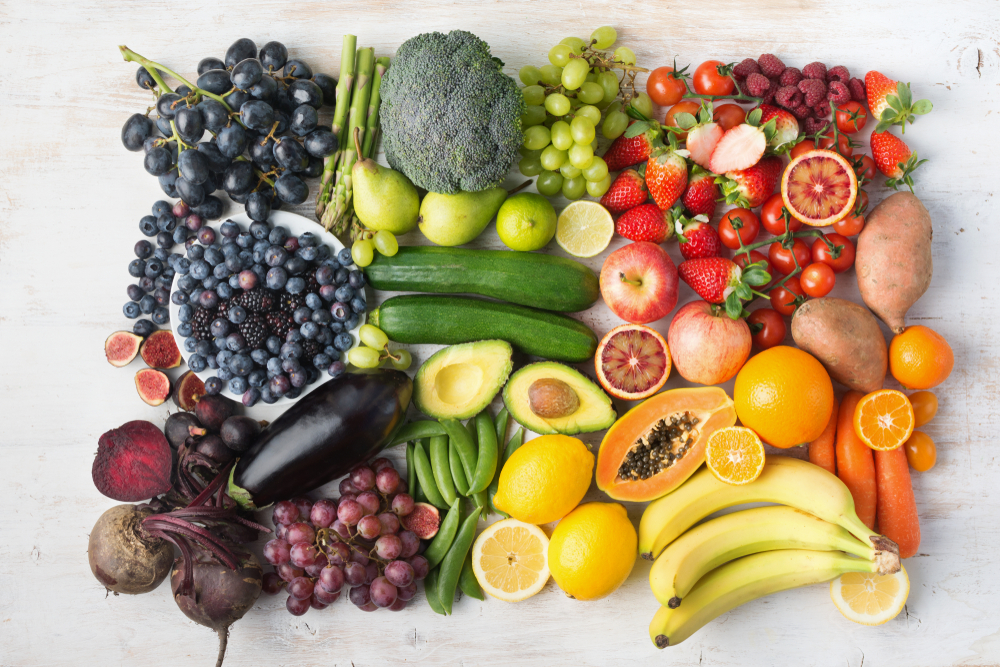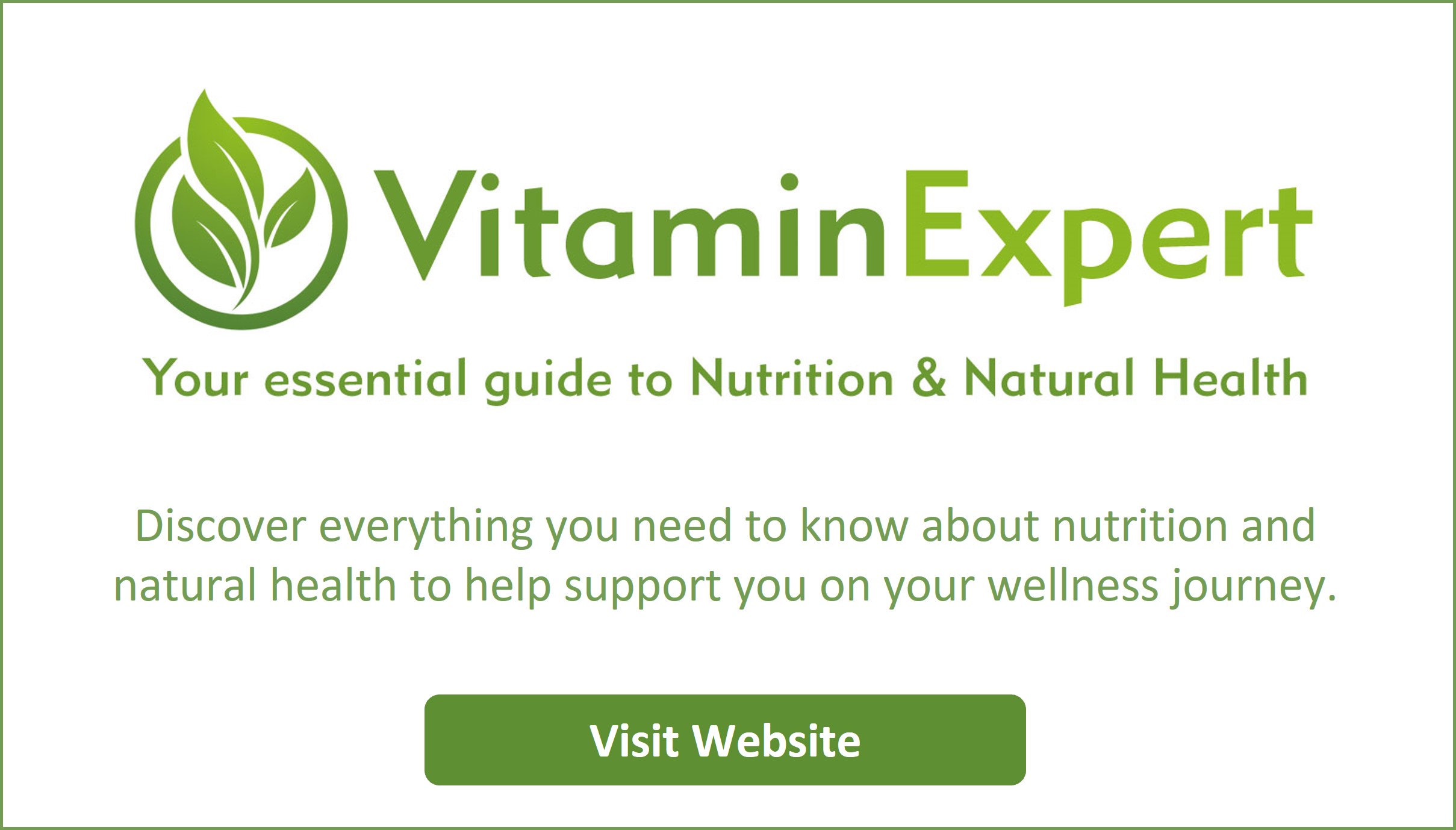
During the summer months, it’s lovely to be in the great outdoors and there’s no shortage of activities to choose from. It’s not just mental wellbeing that benefits from some fresh air and exercise, it’s your joints and bones too.
Women especially need to be mindful of their bones after menopause, but it’s important for all of us to maintain a strong frame, so the body continues to support us into old age. But what nutritional help do we need to support these wonderful activities?
Clinical Nutritionist Suzie Sawyer shares her top five nutritional tips for maintaining strong bones and joints for all your adventures.

Protein is key
Why? The skeletal frame contains around 20% protein; hence protein is an essential macro nutrient when it comes to supporting your bones. However, it’s often overlooked in terms of its importance for all of us, not just those undertaking heavy weightlifting or body building activities.

Every meal needs to contain some protein, ideally from a combination of animal and vegetable sources including meat, fish, poultry, dairy, soy, grains, nuts, and eggs. Animal protein contains all nine essential amino acids that need to be eaten or taken in supplement form, whereas vegetable sources are lacking in one or more. This can be overcome by eating a good combination of vegetable protein, for example, beans and grains together.

Whichever way you choose, just be mindful of having some form of protein at every meal. The body is constantly breaking down and repairing as part of its normal functions, so we need to keep it well fed to a ensure all repair processes happen efficiently.
Vitamin C
Whilst every vitamin and mineral is important and essential, vitamin C is one of our harder working ones, fulfilling many different roles. It’s not only essential for a healthy immune system and as one of our key antioxidants, but vitamin C is also needed for collagen production. Collagen is the most abundant protein in the bones, muscles, skin, and tendons. It effectively provides the scaffold for strength and structure of the body. In short, if we want to lead an active life, we need collagen!

Whilst many protein foods contain the amino acids that make collagen, we also need vitamin C for its production. Most fruits and vegetables contain vitamin C, so you’ve got lots of choice. In short, where there’s colour, there’s vitamin C! Make sure to eat at least five portions of fruit and vegetables per day and more if you can.
Vitamin D
Most of us are aware of vitamin D being essential for the bones. The main reason for this is that vitamin D metabolises calcium, also essential for the bones. The main source of vitamin D is from sunlight on the skin, which of course happens much more during the summer months. However, many people are still deficient in vitamin D during the summer, especially if they’re using sun cream, which of course you should do to protect the skin.

Often those of us with aching and stiff joints are lacking in vitamin D. If this sounds like you then, it’s worth continuing with your vitamin D supplement through the summer months too.
Get fishy
Oily fish is rich in the essential omega-3 fatty acids which are needed for healthy joints. Omega-3s are used to manage the body’s natural inflammatory processes which can include pain and stiffness. Think of them as lubrication.

The best sources of the omega-3s are salmon, mackerel, and sardines, but for vegetarians, flaxseeds are a great source too. Aim to have two tablespoons of flaxseeds each day and hopefully all your activities will run smoothly.
Eat your greens
Leafy green vegetables which includes cabbage, kale, cauliflower, broccoli, Pak choi and Brussels sprouts are loaded with nutrients, but especially vitamin K and magnesium, both needed for healthy joints and bones.

The skeletal frame needs a variety of vitamins, minerals, proteins, and other nutrients but Vitamin C, Vitamin D and Vitamin K along with the minerals magnesium and calcium are super important. Whilst lots of people turn up their nose at ‘greens’ there are so many ways of eating them which can make them more appealing: stir-fried broccoli with garlic and sesame seeds, cauliflower cheese, vegetable curry with kale, or Brussels sprouts with bacon…… the list is endless.
Whatever your chosen activity, you’ll be able to fully enjoy it with the right nutrition.
FOR MORE GREAT NUTRITION AND LIFESTYLE ADVICE:
Sign up to receive our blog and get a weekly dose of the latest nutrition, health and wellness advice direct to your inbox.
For everything you need to know about vitamins, minerals and herbs visit our sister site Vitamin Expert – your essential guide to nutrition and natural health.
Follow us on Instagram @feelaliveuk for nutrition, lifestyle and well-being tips.
Visit us at www.feelaliveuk.com for the latest offers and exclusive Alive! content.
Follow and Chat with Suzie on Twitter @nutritionsuzie
All images: Shutterstock



















